Rounded shoulders, or “katabira,” refers to a posture where the back is rounded, similar to a cat. The human spine naturally has an S-curve, but with rounded shoulders, this curve becomes more pronounced, putting stress on the body. If it progresses, the S-curve disappears, and the spine forms a rounded shape, leading to the hunched posture seen in elderly individuals. The shoulders also tend to roll forward, which can make a person look slouched. In addition, poor posture forces the body to compensate, leading to issues such as the chin jutting forward or a swayback posture. These changes can impact areas beyond just the back.
Good posture can give a positive impression, such as being “bright,” “trustworthy,” or “positive.”
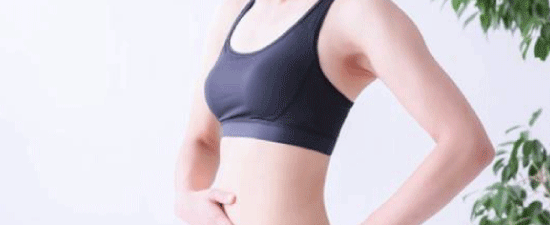
On the other hand, poor posture not only affects appearance but can also lead to problems such as shoulder and neck pain, lower back pain, shallow breathing, and poor circulation, all of which can negatively impact overall health.
Maintaining a rounded posture like that of rounded shoulders can lead to various health issues. Bad posture is the root cause of many ailments. Correcting your posture can help improve your condition.
Rounded shoulders refer to a posture where the head juts forward and the back rounds. The human head weighs about 6 kg, roughly the size of a large watermelon, and the spine supports this weight unless lying down. When the head is directly above the spine, the spine supports the weight evenly. However, when slouched, the bones can’t support the weight, putting stress on the muscles that support the spine, causing stiffness and pain.
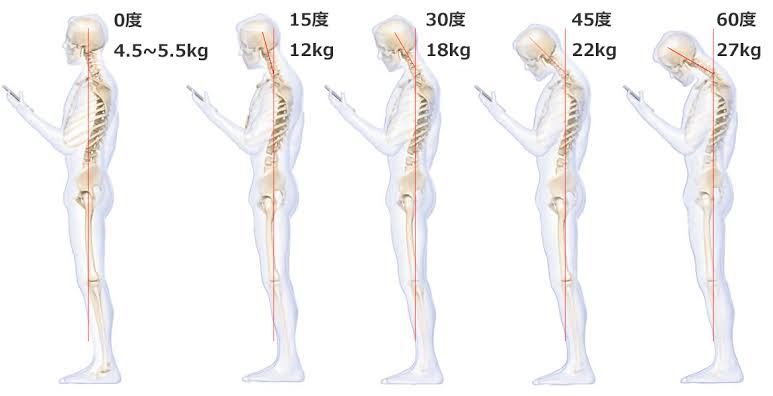
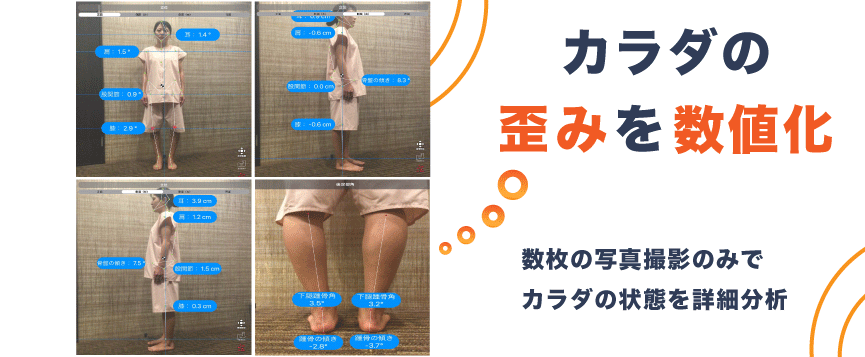
The AI posture analysis system estimates areas of muscle tightness, pain-causing areas, and predicts future posture. This makes it easier to explain the treatment plan and its effects. Patients can better understand the state of their bodies.
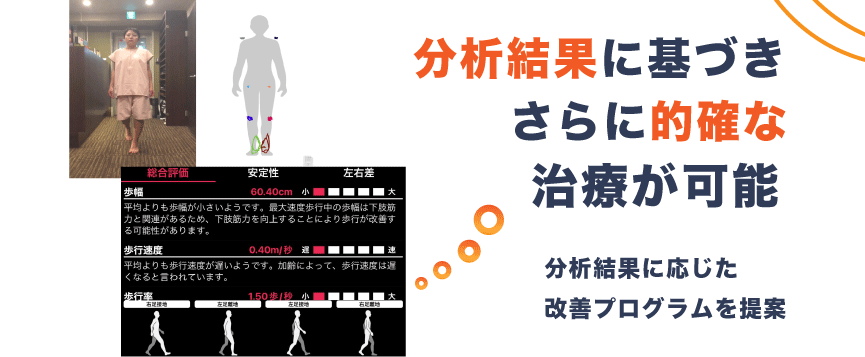
This system helps identify which muscles need to be relaxed and which ones need training. By recognizing your body, you can understand what needs improvement, allowing for more precise treatments. Based on this analysis, we can offer personalized training and stretching methods.
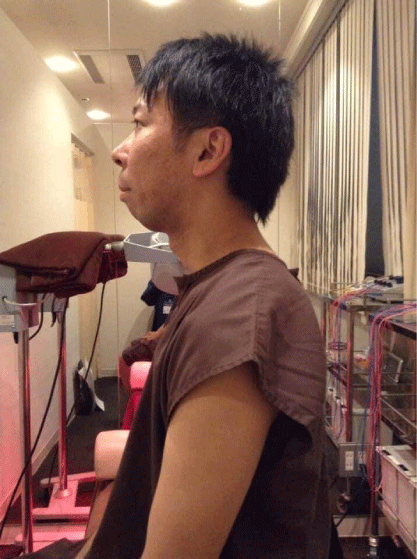

© Copyright (C) All Rights Reserved..